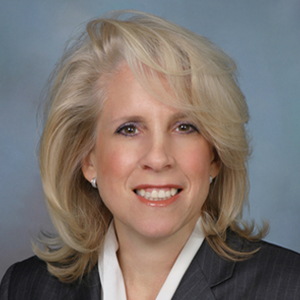
Partner and Chair | White Collar Defense and Investigations
On November 1, in Abu Dhabi, the United States and the United Arab Emirates agreed to a clean energy framework called the Partnership for Accelerating Clean Energy (PACE). According to a U.S. Department of State press release, this partnership will lead to “$100 billion in financing, investment, and other support, allowing us to accelerate toward a goal of deploying 100 gigawatts of clean energy by 2035.”
White House Press Secretary Karine Jean-Pierre stated that PACE would “catalyze $100 billion in clean energy financing in both countries, as well as robust commercial investment and other support for the emerging economies whose clean development is both underfunded and essential to the global climate effort.” The United States and the UAE will set up an expert group to identify priority projects, remove potential hurdles, and measure PACE’s progress in achieving its goals.
Taking the Temperature: The UAE, the fifth largest producer in OPEC, is a major oil exporter but has invested heavily in developing green fuel sources. Its 2050 targeted energy mix, for instance, combines renewable, nuclear and clean energy sources to meet the UAE’s needs, with goals of 44% clean energy, 38% gas, 12% clean coal and 6% nuclear. Not long ago it might have been striking to see a significant OPEC member publicly articulate non-fossil fuel energy goals and make meaningful investments toward achieving those goals. The UAE’s decision to do so reflects a recognition both of a global transition to a green economy occurring over time and the reality that fossil fuel energy is necessary to meet current global demand and enable that green transition to occur at all. In addition, as with the recently enacted Inflation Reduction Act in the U.S., PACE is one of a number of initiatives around the world that is likely to generate significant financing and investment activity in developing non-fossil fuel energy sources and carbon capture technologies.